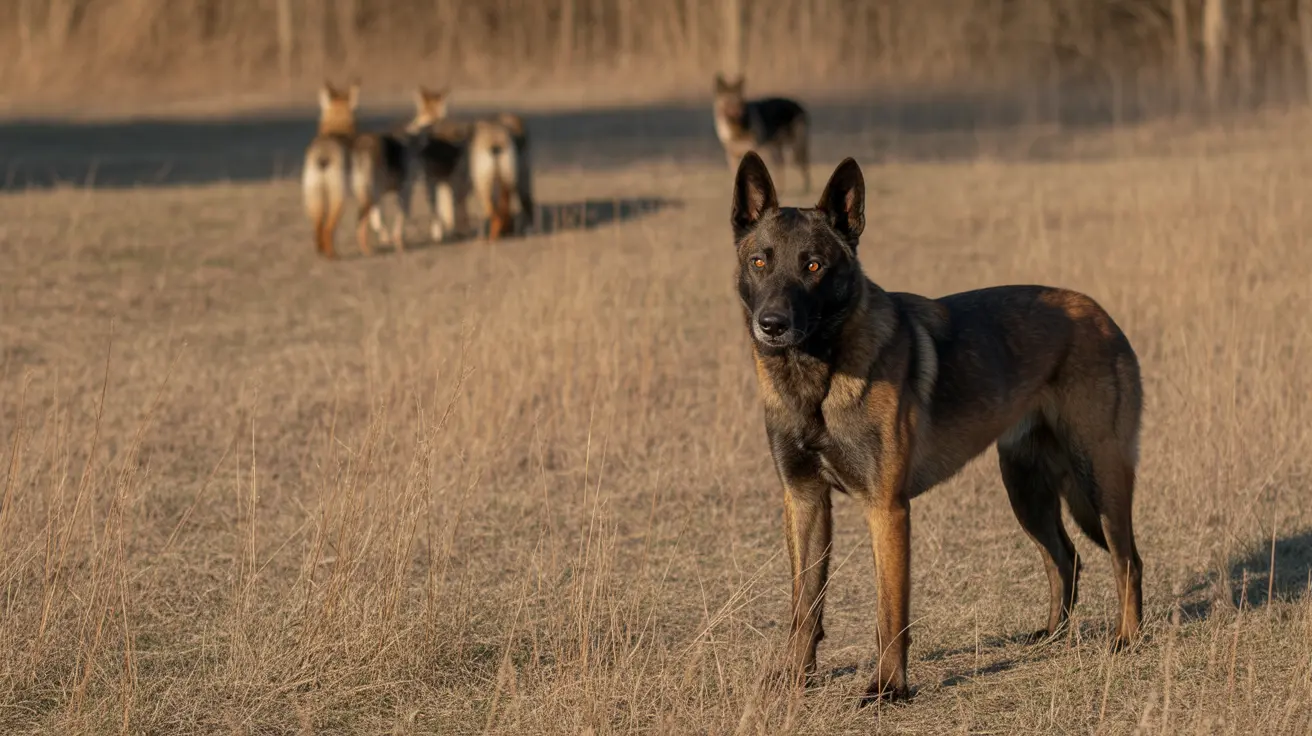Understanding Coyotes and Their Wild Nature
Coyotes (Canis latrans) are highly adaptable predators native to North America. While they share common ancestry with domestic dogs through the Canidae family, coyotes maintain distinct biological and behavioral characteristics that set them apart from their domesticated cousins.
These intelligent animals typically weigh between 20-50 pounds and possess sharp hunting instincts, territorial behaviors, and complex social structures that have evolved over thousands of years in the wild.
The Critical Difference Between Taming and Domestication
Many people confuse taming with domestication, but these are fundamentally different processes. Taming refers to an individual wild animal becoming accustomed to human presence, while domestication involves genetic changes across multiple generations through selective breeding.
Even when raised from puppyhood, tamed coyotes retain their wild instincts and can be unpredictable. True domestication requires dozens of generations of careful breeding for specific traits like docility and human bonding.
Why Coyotes Resist Domestication
Several factors make coyotes particularly resistant to domestication:
- Strong territorial instincts
- Complex pack mentality
- Natural aggression responses
- Independent hunting behaviors
- Intense fear responses
Unlike wolves, which were domesticated thousands of years ago under specific circumstances, coyotes have never undergone the sustained selective breeding necessary for domestication.
Urban Adaptation vs. Domestication
While coyotes have shown remarkable ability to adapt to urban environments, this adaptation should not be confused with domestication. Urban coyotes may display modified behaviors to survive among humans, but these changes are purely behavioral rather than genetic.
The Dangers of Keeping Coyotes as Pets
Attempting to keep a coyote as a pet poses significant risks:
- Unpredictable behavior even when raised from puppies
- Legal restrictions in most areas
- Complex dietary and exercise requirements
- Potential aggression towards humans and other pets
- Inability to properly socialize with domestic dogs
Frequently Asked Questions
Can a coyote be domesticated, or are they always wild animals?
Coyotes cannot be truly domesticated in the way dogs are. While individual coyotes might be tamed to some degree, they remain wild animals with strong instincts that cannot be bred out in a single generation.
What are the main differences between taming a coyote and truly domesticating one?
Taming involves conditioning an individual animal to tolerate human presence, while domestication requires genetic changes over many generations through selective breeding. Tamed coyotes retain their wild instincts, while domesticated animals have inherited genetic modifications that make them suitable as pets.
Is it safe or legal to keep a coyote as a pet in urban or suburban areas?
No, keeping a coyote as a pet is neither safe nor legal in most areas. Coyotes are wild animals that require specialized care and can be dangerous to humans and other pets, regardless of how they were raised.
How do coyotes behave around humans and pets in cities, and what risks do they pose?
Urban coyotes generally avoid human contact but may become bold if habituated to human presence or food sources. They can pose risks to small pets and occasionally to humans, especially if they lose their natural fear of people.
What should I do if a coyote approaches or watches me and my dog or children?
If a coyote approaches, make yourself appear large, make loud noises, and maintain eye contact while slowly backing away. Never run, as this may trigger their chase instinct. Keep pets close and pick up small children.
Conclusion
While coyotes are fascinating and intelligent animals, they are not candidates for domestication. Understanding and respecting their wild nature is crucial for both human safety and coyote conservation. Instead of attempting to domesticate these wild canids, we should focus on responsible coexistence and maintaining appropriate boundaries between human and coyote populations.






